![]()
![]()
![]()
Use LEFT and RIGHT arrow keys to navigate between flashcards;
Use UP and DOWN arrow keys to flip the card;
H to show hint;
A reads text to speech;
22 Cards in this Set
- Front
- Back
|
What are the lifestyle characteristics of seedless, non vascular plants? |
Gametophyte is dominant and sporophyte is completely dependent of it. |
|
|
What are the lifestyle characteristics of seedless, vascular plants? |
Gametophyte is small but independent, sporophyte is prominent. |
|
|
What are the lifestyle characteristics of seeded plants (Angiosperms/Gymnosperms)? |
Sporophyte is dominant, gametophyte is dependent on it. |
|
|
What types of plants require water to be fertilized? |
Seedless non-vascular plants like mosses, and liverworts, and seedless vascular plants like club mosses and ferns. |
|
|
There is only one division of Angiosperms, what is it called? |
Anthophyta |
|
|
What are the two main divisions of Anthophyta? |
The Dicots and Monocots |
|
|
What are the characteristics of Monocots? |
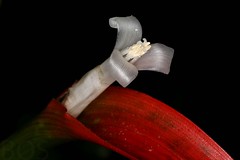
Flower petals are in multiples of 3, have fibrous root system. |
|
|
What are the characteristics of Dicots? |

Flower petals are in multiples of 4 or 5, have a taproot system. |
|
|
Look at this comparison of monocots and dicots. |

|
|

What pollinator would most likely pollinate this flower/plant? |
You can barely see any flowers so it is most likely dispersed through wind. |
|
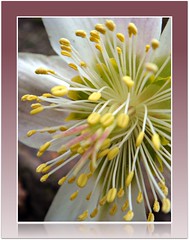
What pollinator would most likely pollinate this flower/plant? |
The flower is white so it is either a bat, moth or fly. The odor will most likely determine which of the 3 it is. |
|
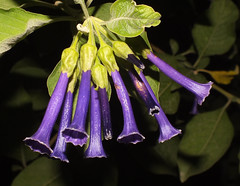
What pollinator would most likely pollinate this flower/plant? |
Since the flower shape is very tubular and small the most likely pollinator would be a Hummingbird or a Butterfly. If it has an odor then a Butterfly, if no odor and Red then Hummingbird. |
|

What pollinator would most likely pollinate this flower/plant? |
Since it is yellow, has a stable landing platform, is not tubular it is most likely pollinated by a bee. |
|
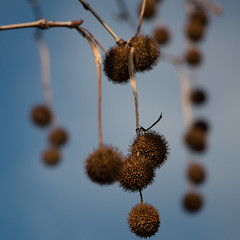
What type of Fruit is this? |
This is an achene, it is a dry fruit and has one seed. |
|

What type of fruit is this? |
It is a dry fruit and the surface is hard and woody so it is a nut. |
|

What type of fruit is this? |
This is a dry fruit that has several cavities so it is a capsule. |
|

What type of fruit is this? |
It is also a dry fruit that opens along both sides so it is a legume. |
|
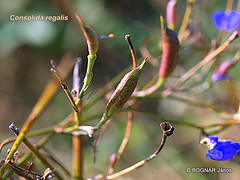
What type of fruit is this? |
It is a dry fruit that opens along one side so it is a follicle |
|

What type of fruit is this? |
It is a fleshy fruit that has one seed that is surrounded by a very hard stone exterior so it is a drupe. |
|

What type of fruit is this? |
It is a fleshy fruit that has many seeds, so it is a berry. |
|

What type of fruit is this? |
It is a fleshy fruit with many seeds but are congregated into a core due to flower, so it is a pome. |
|

|
Know this diagram thoroughly. |

